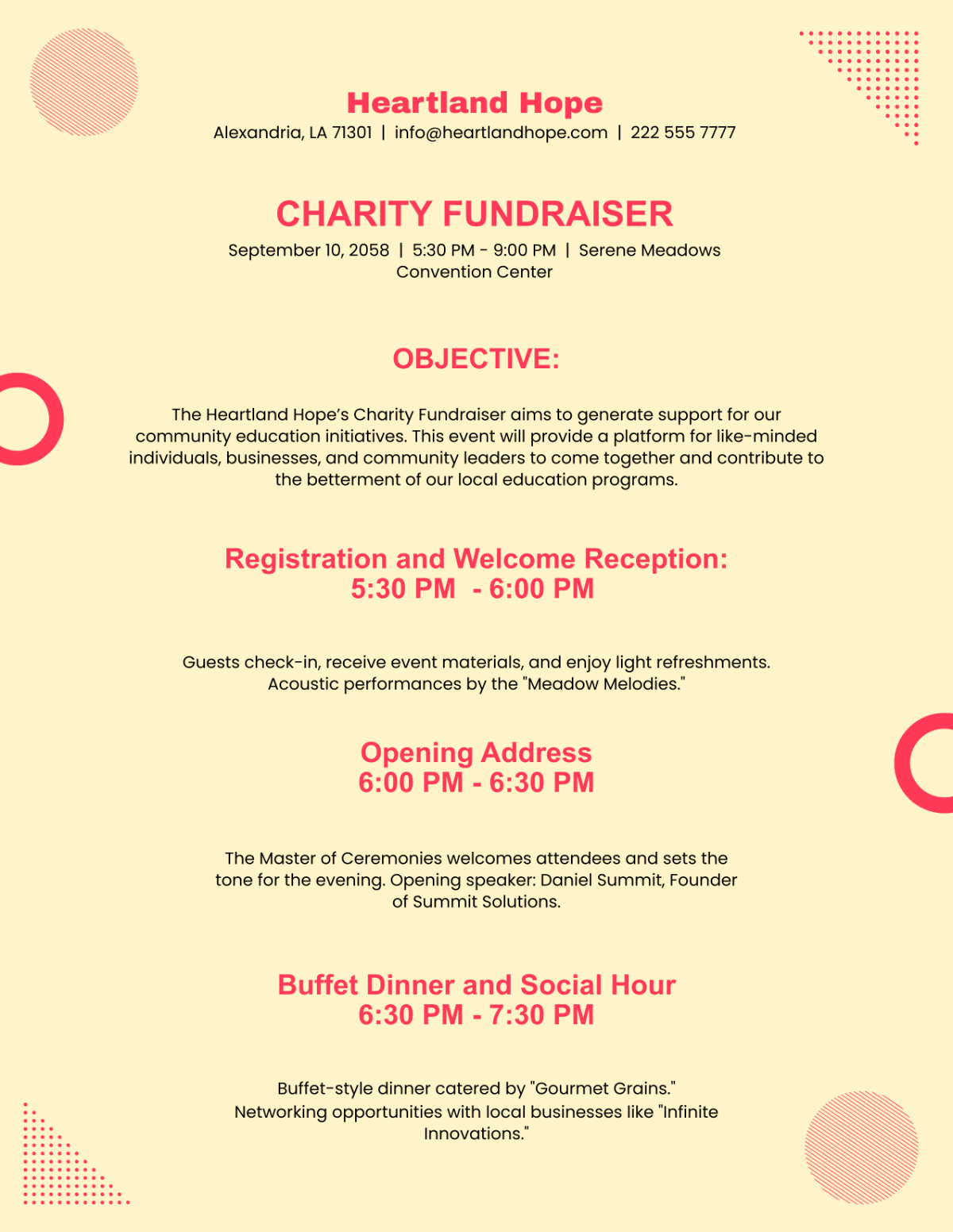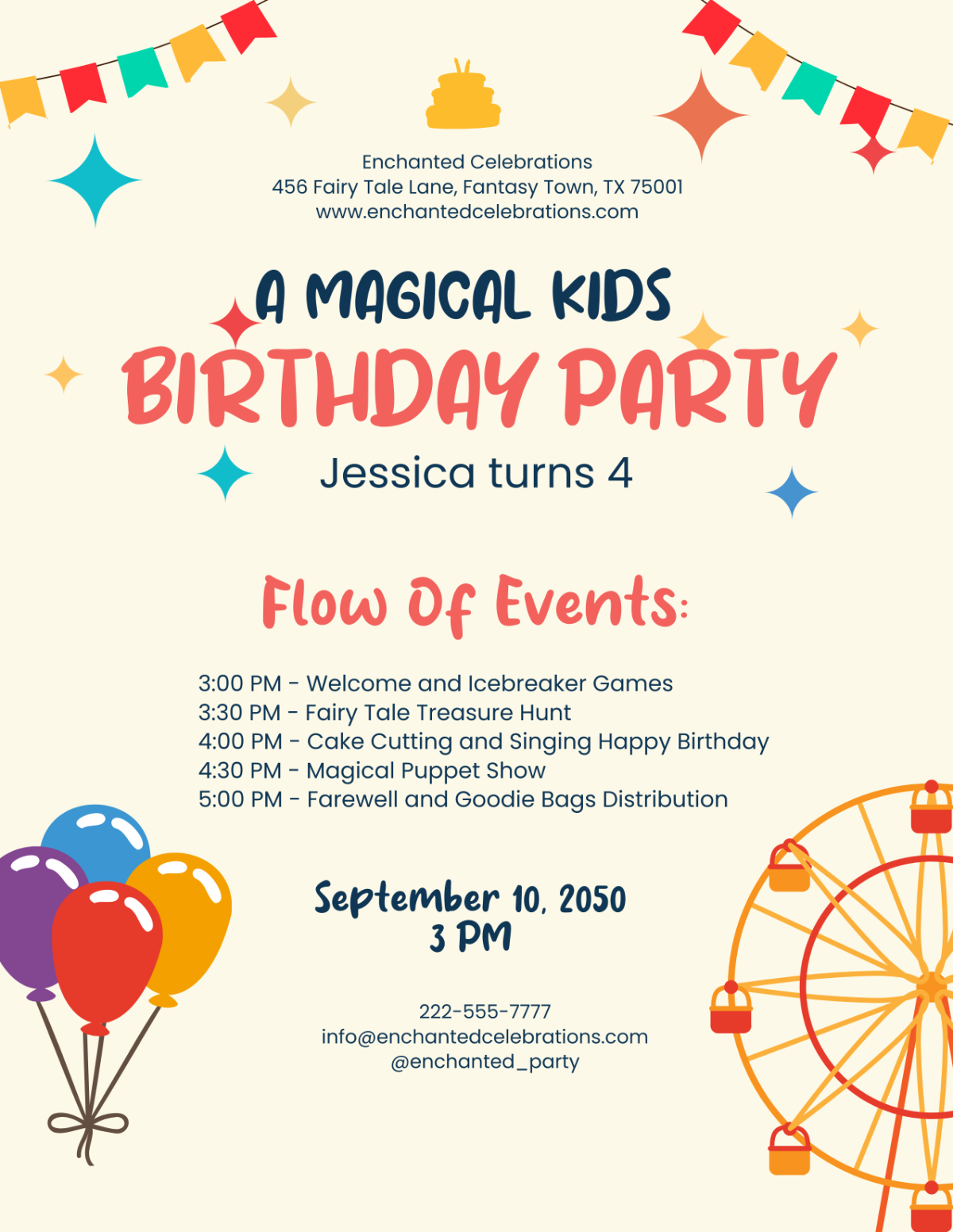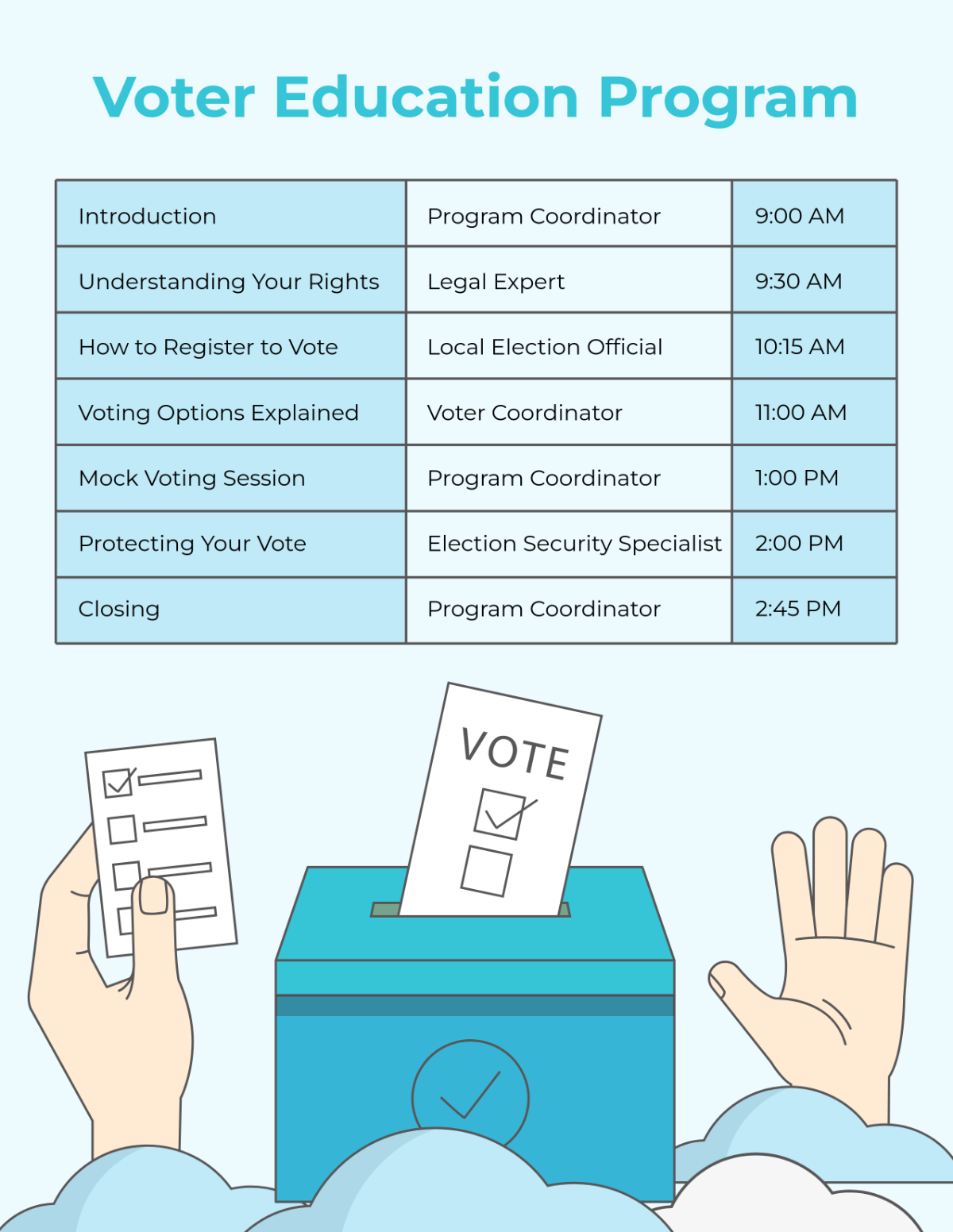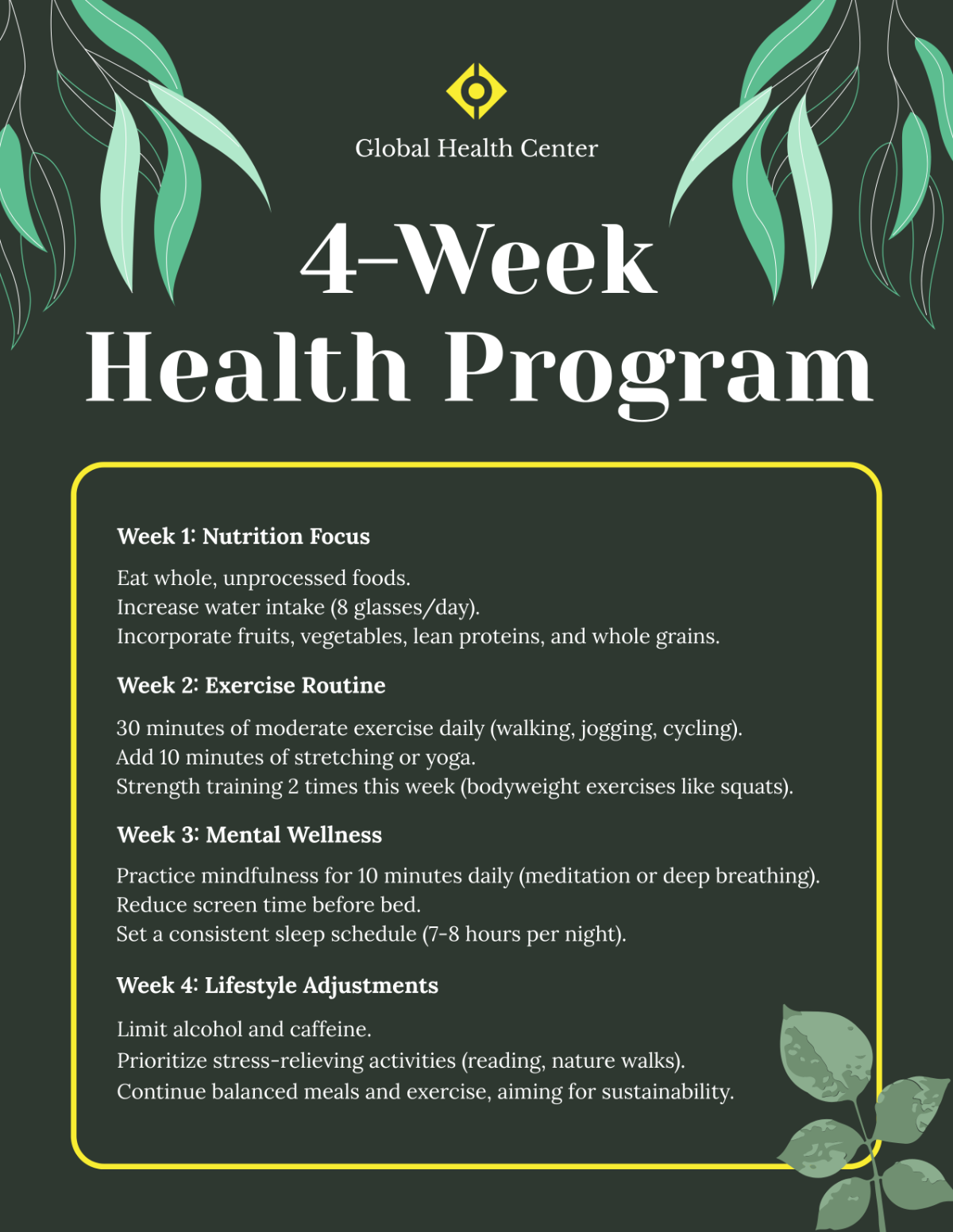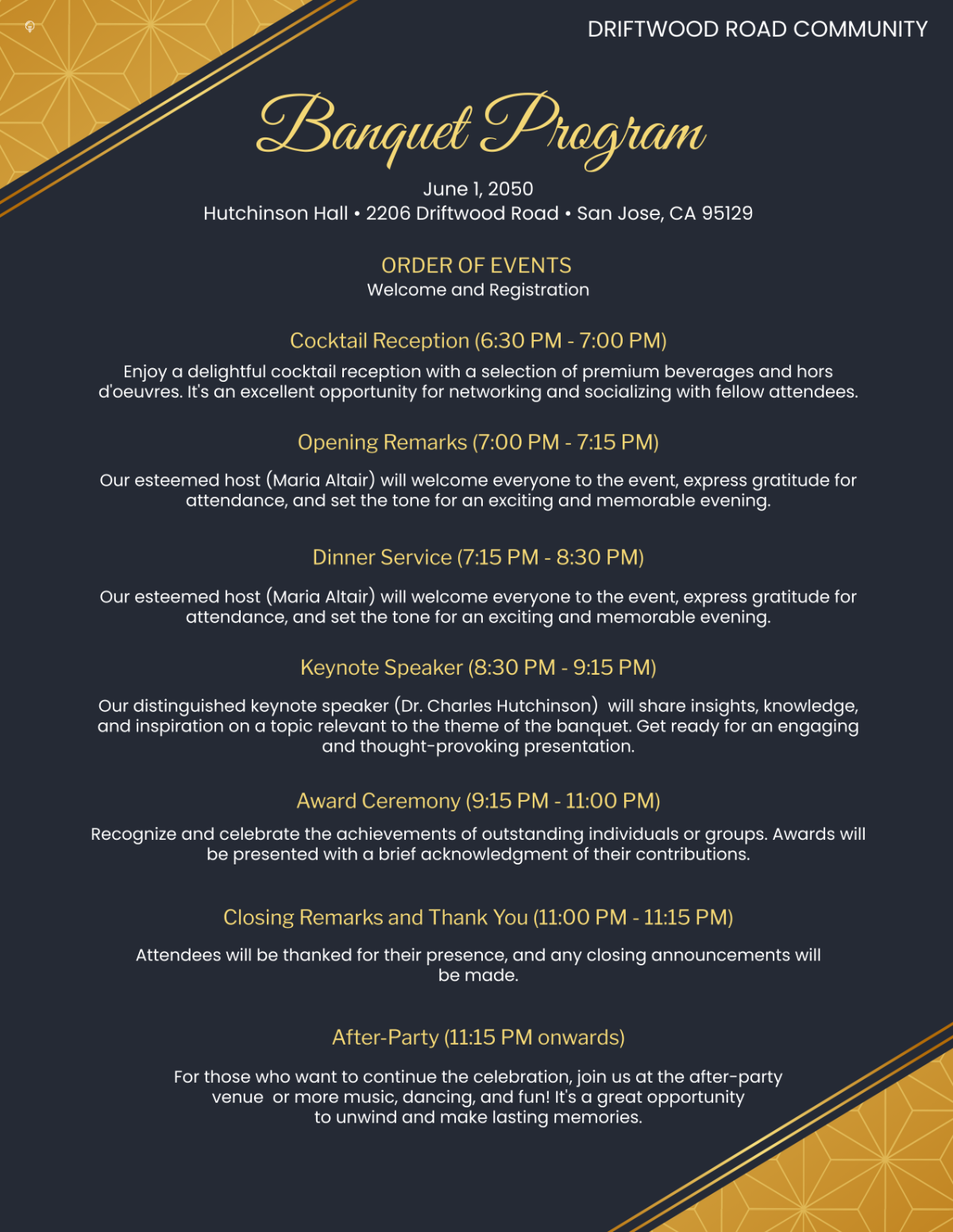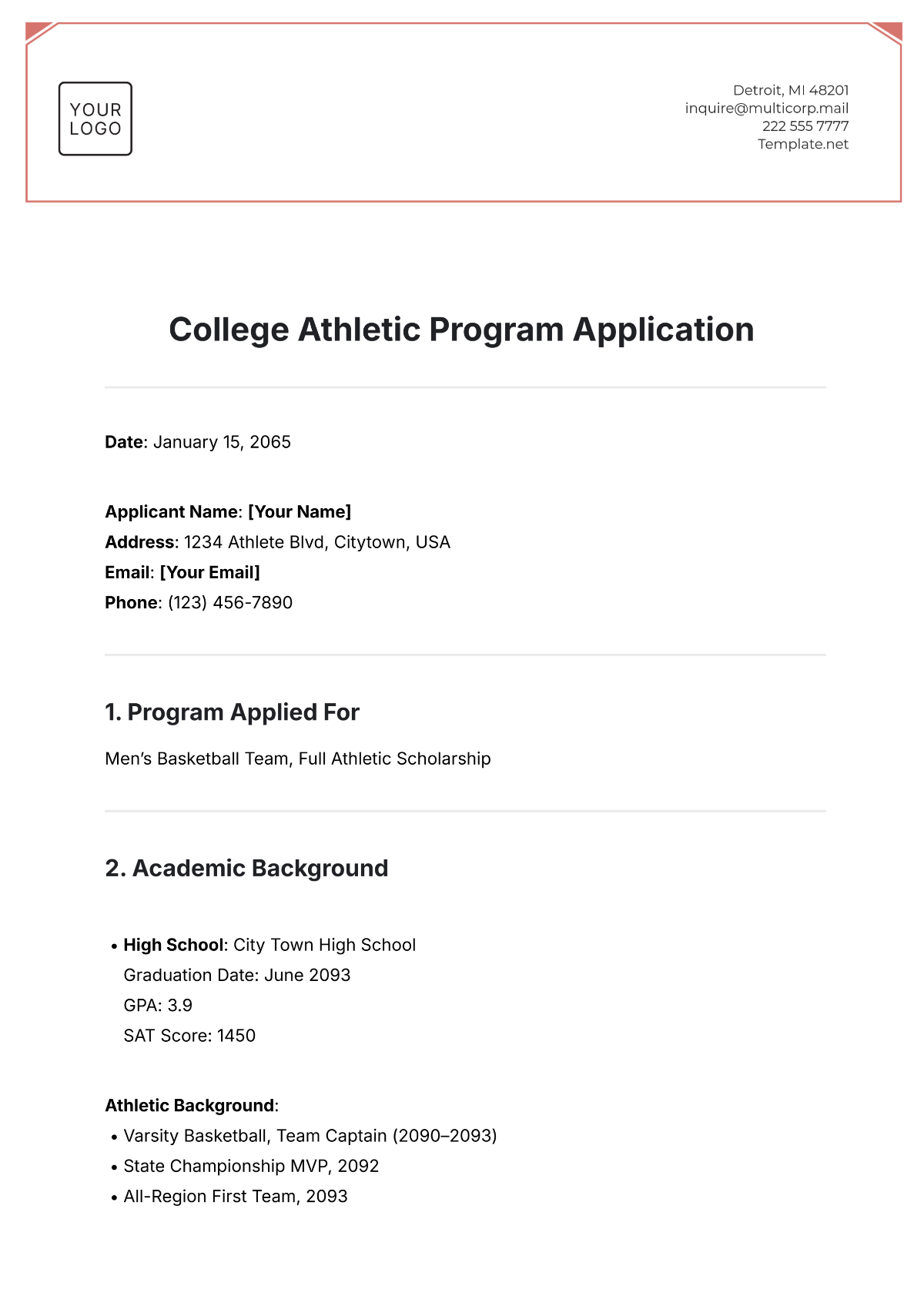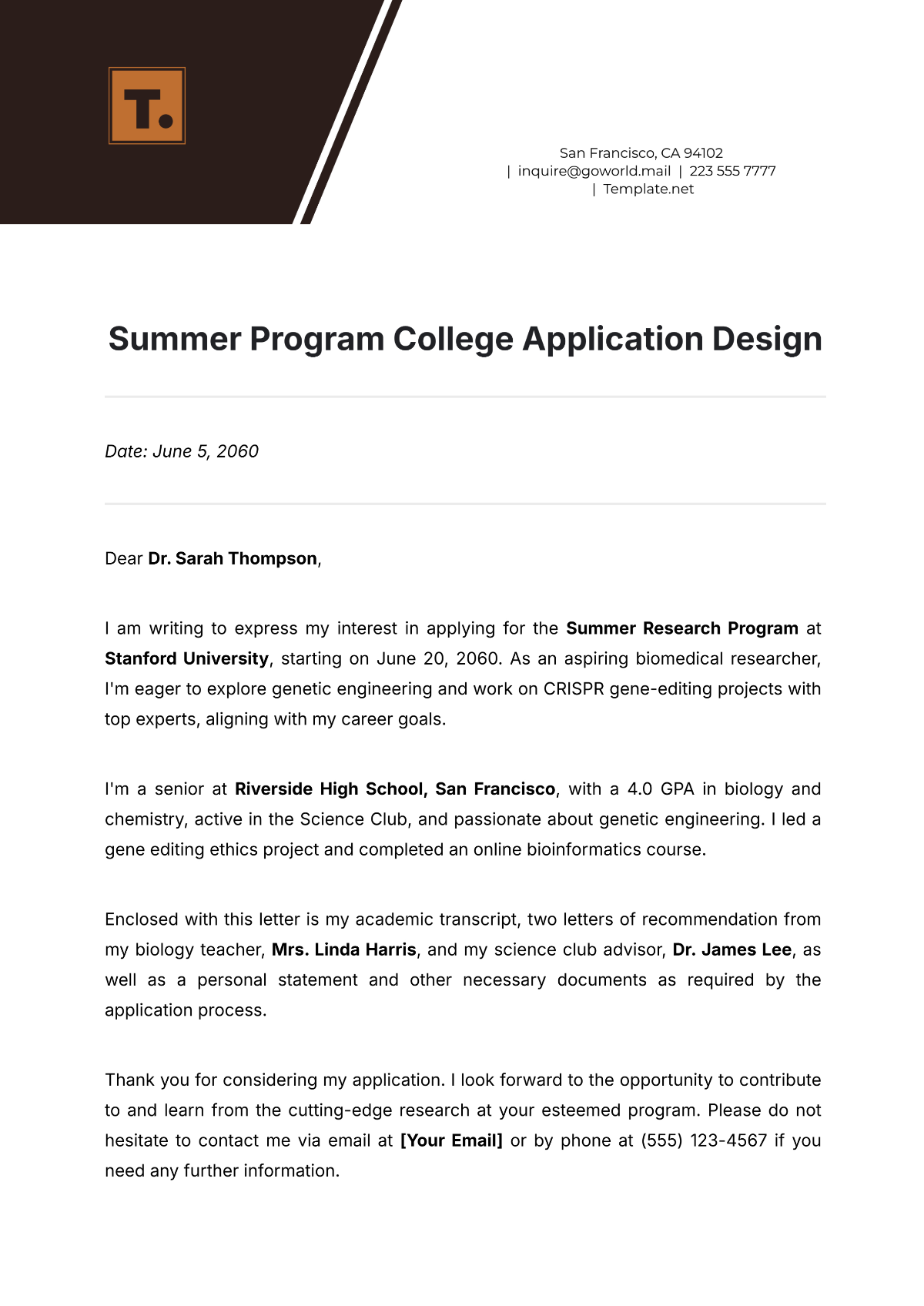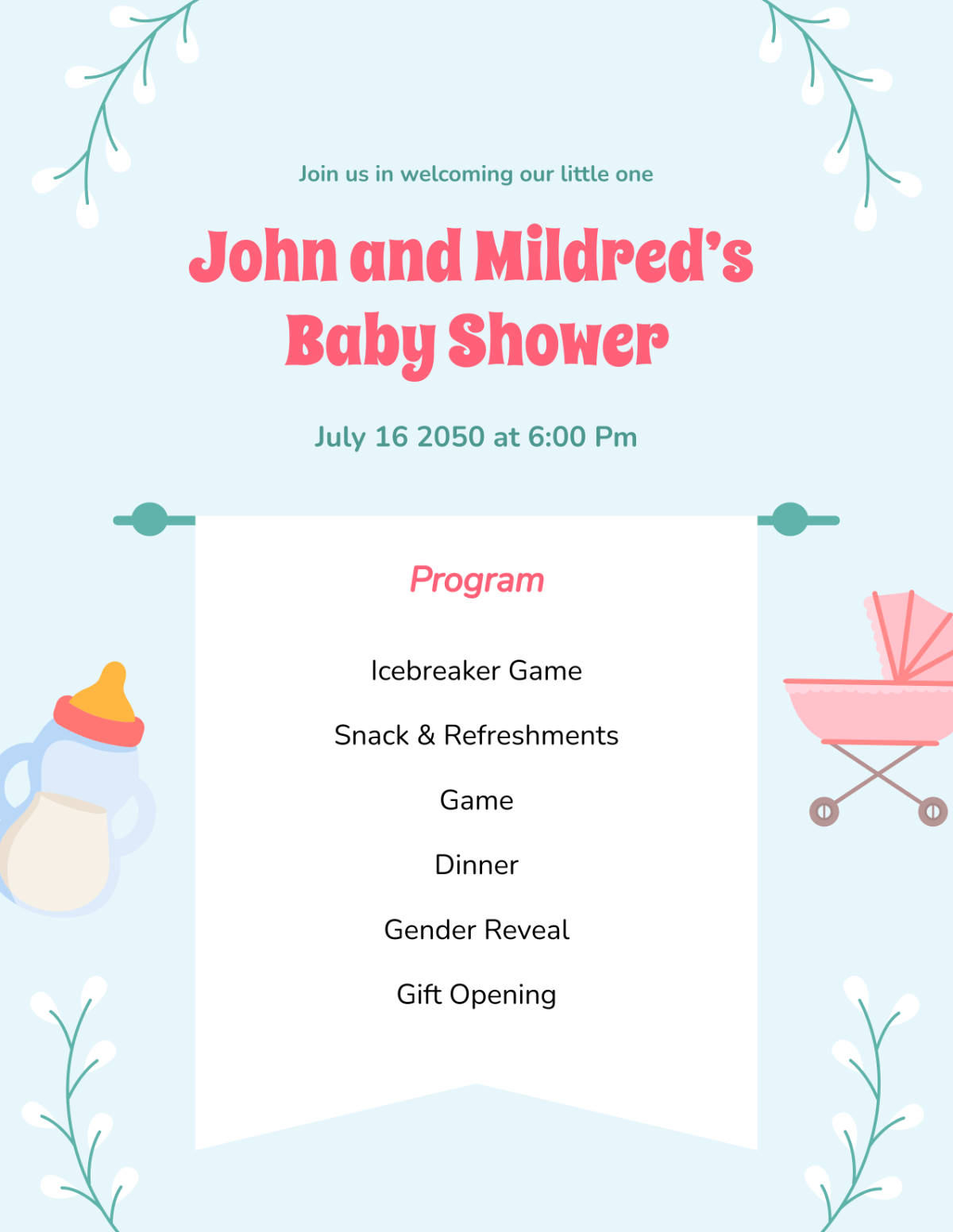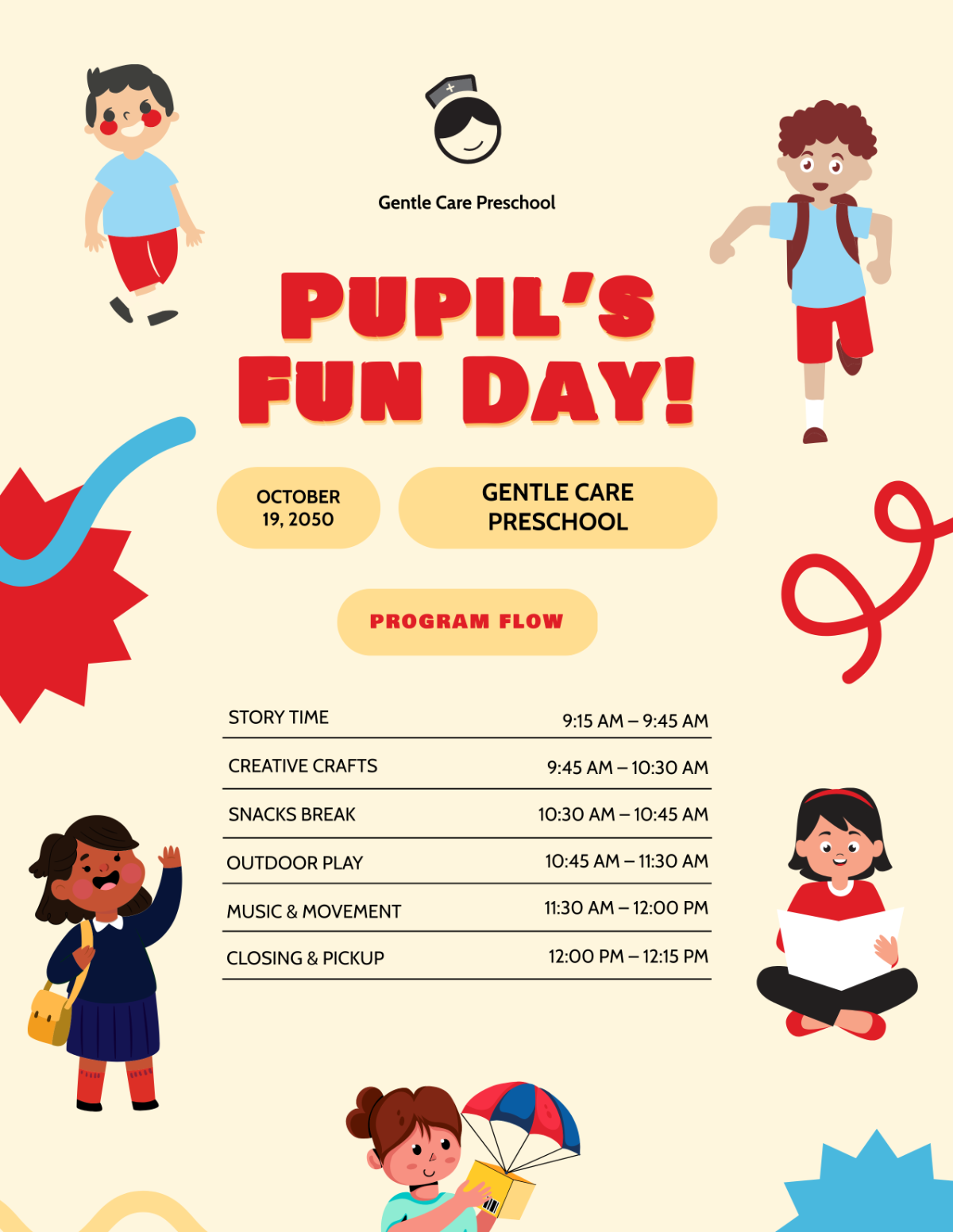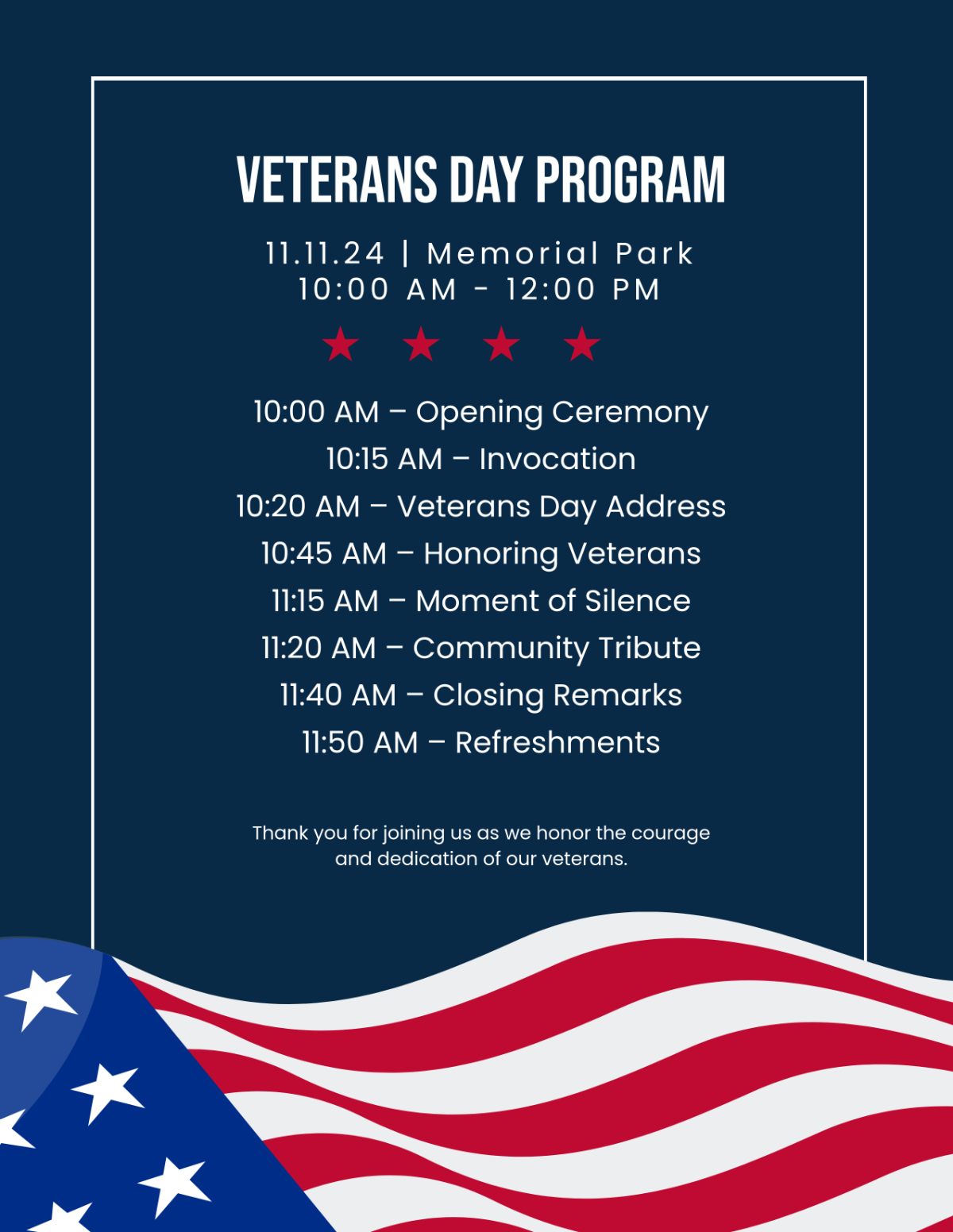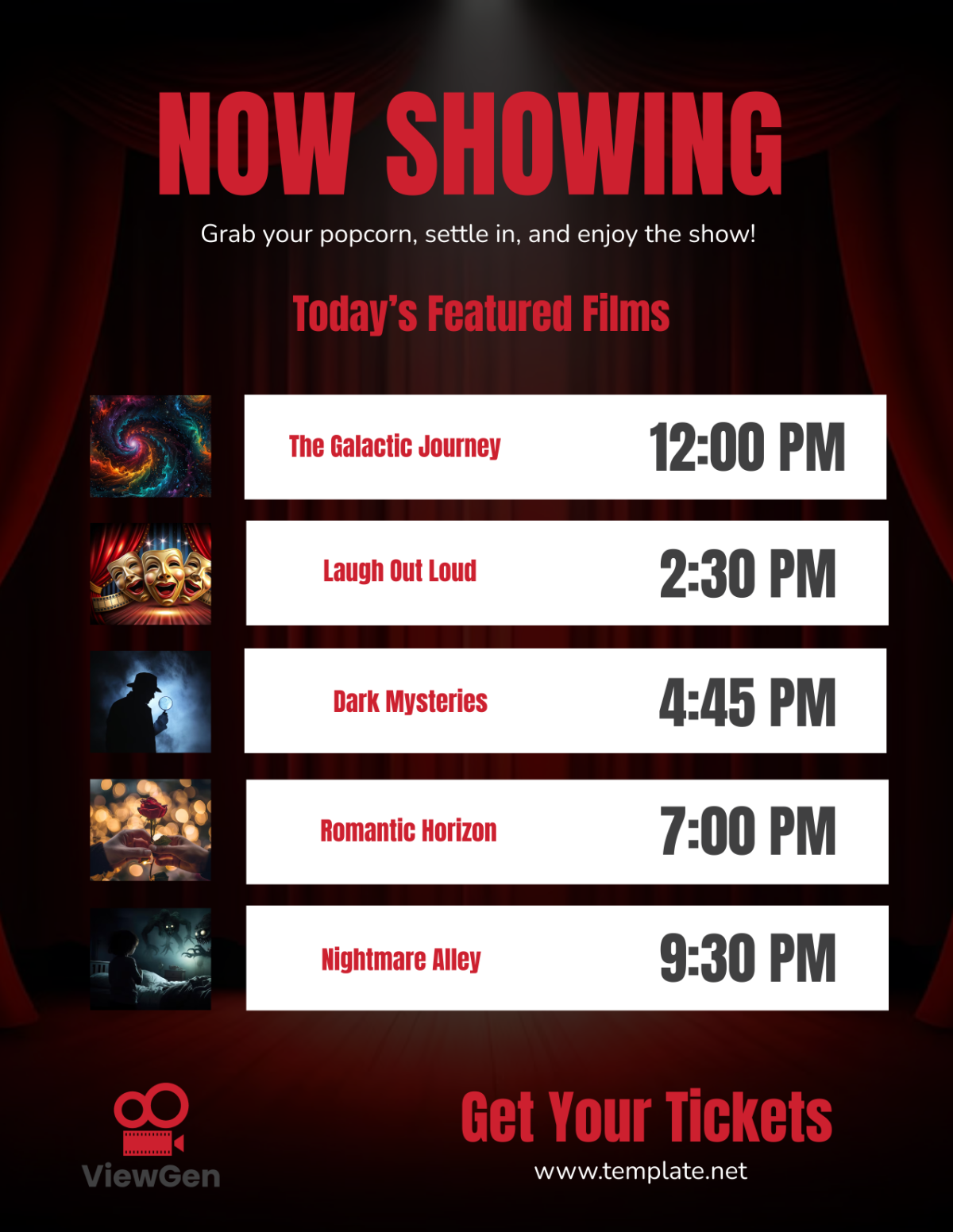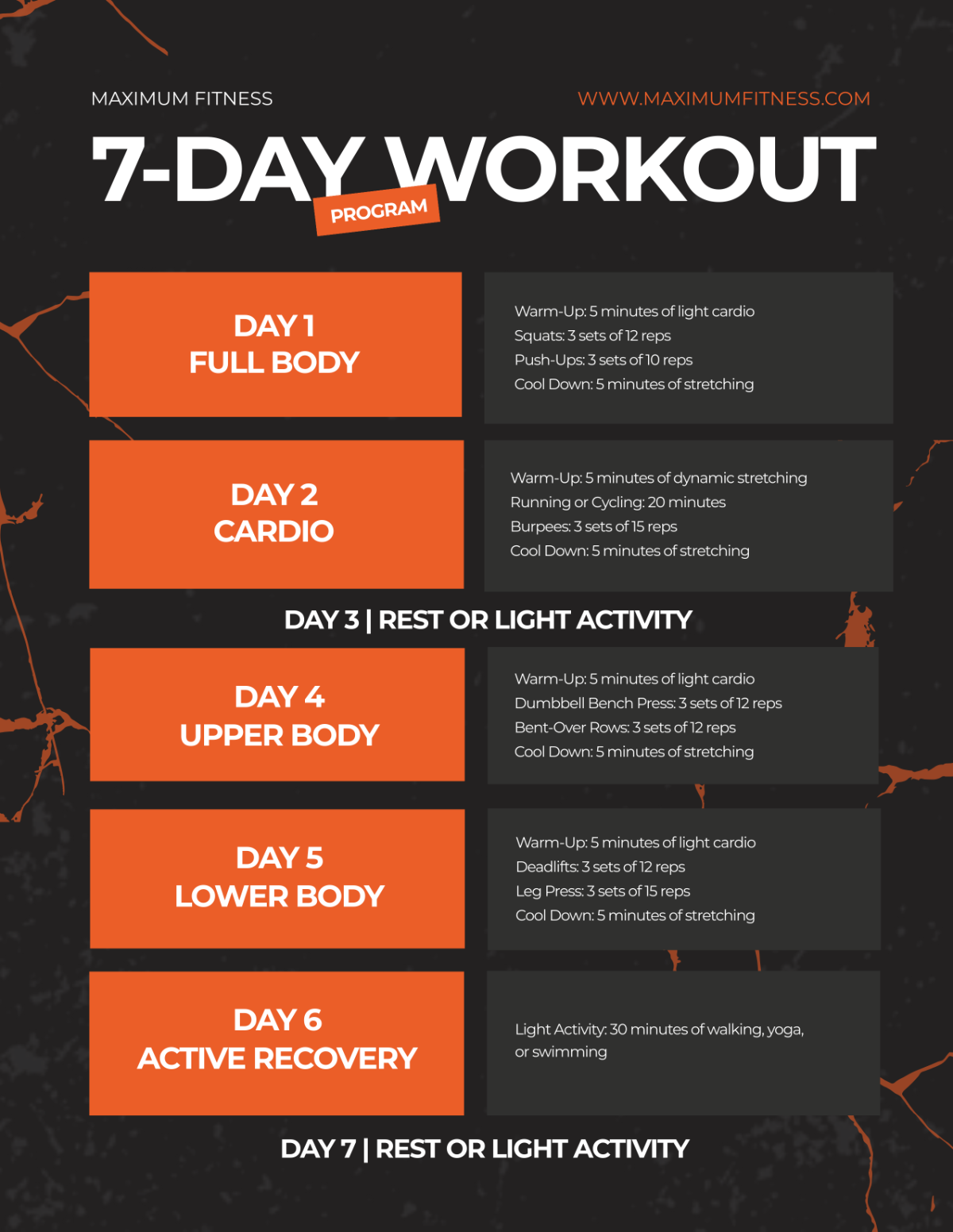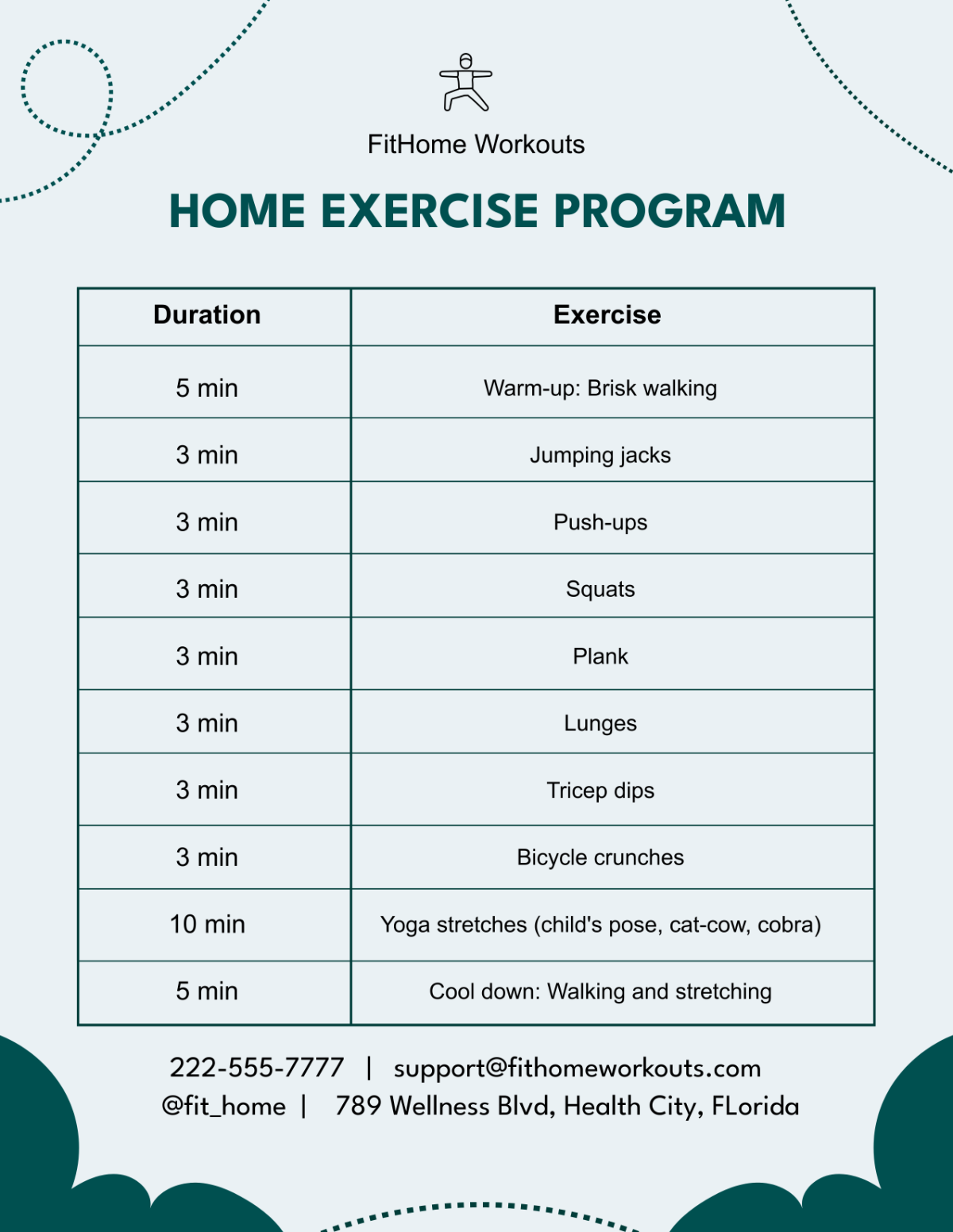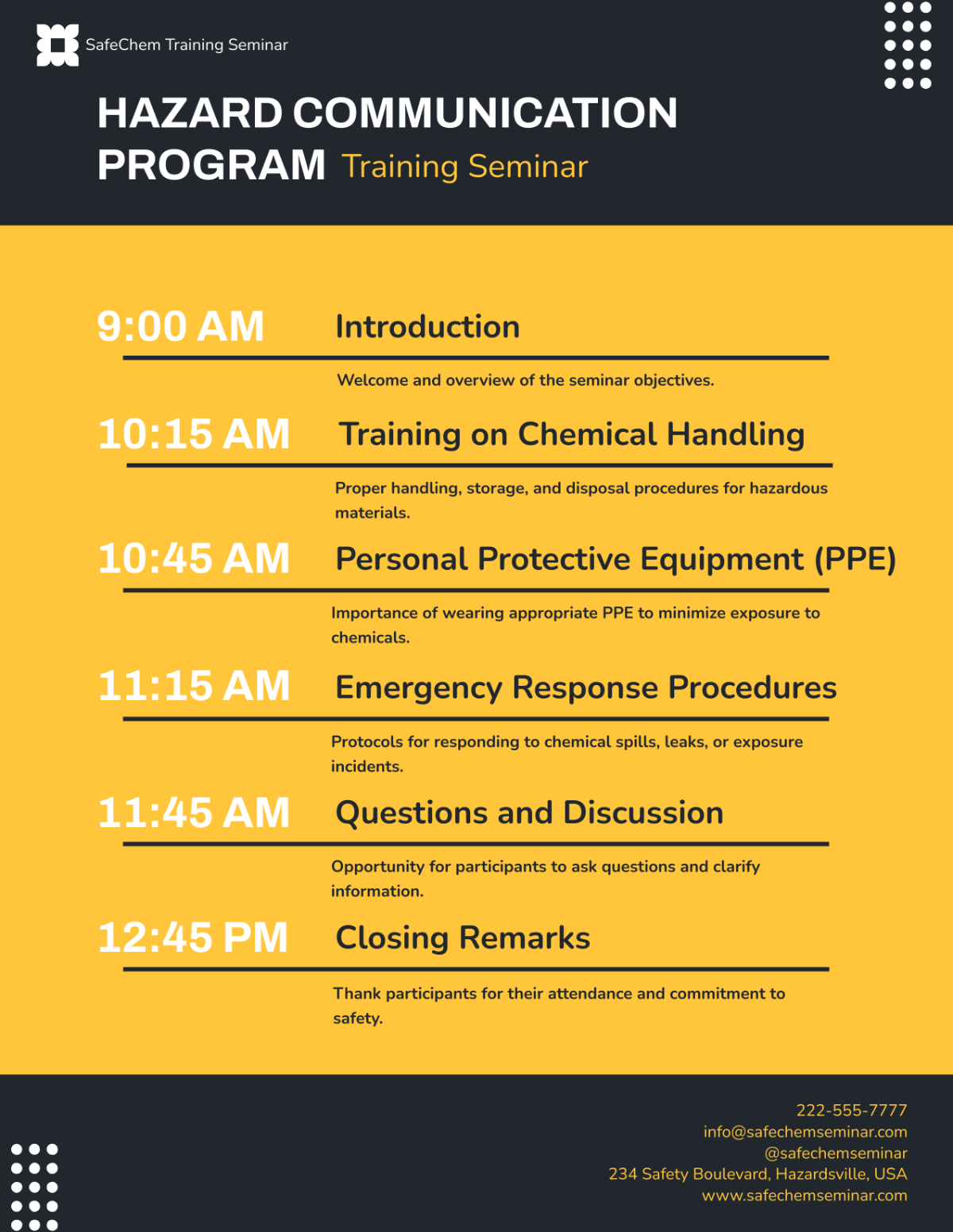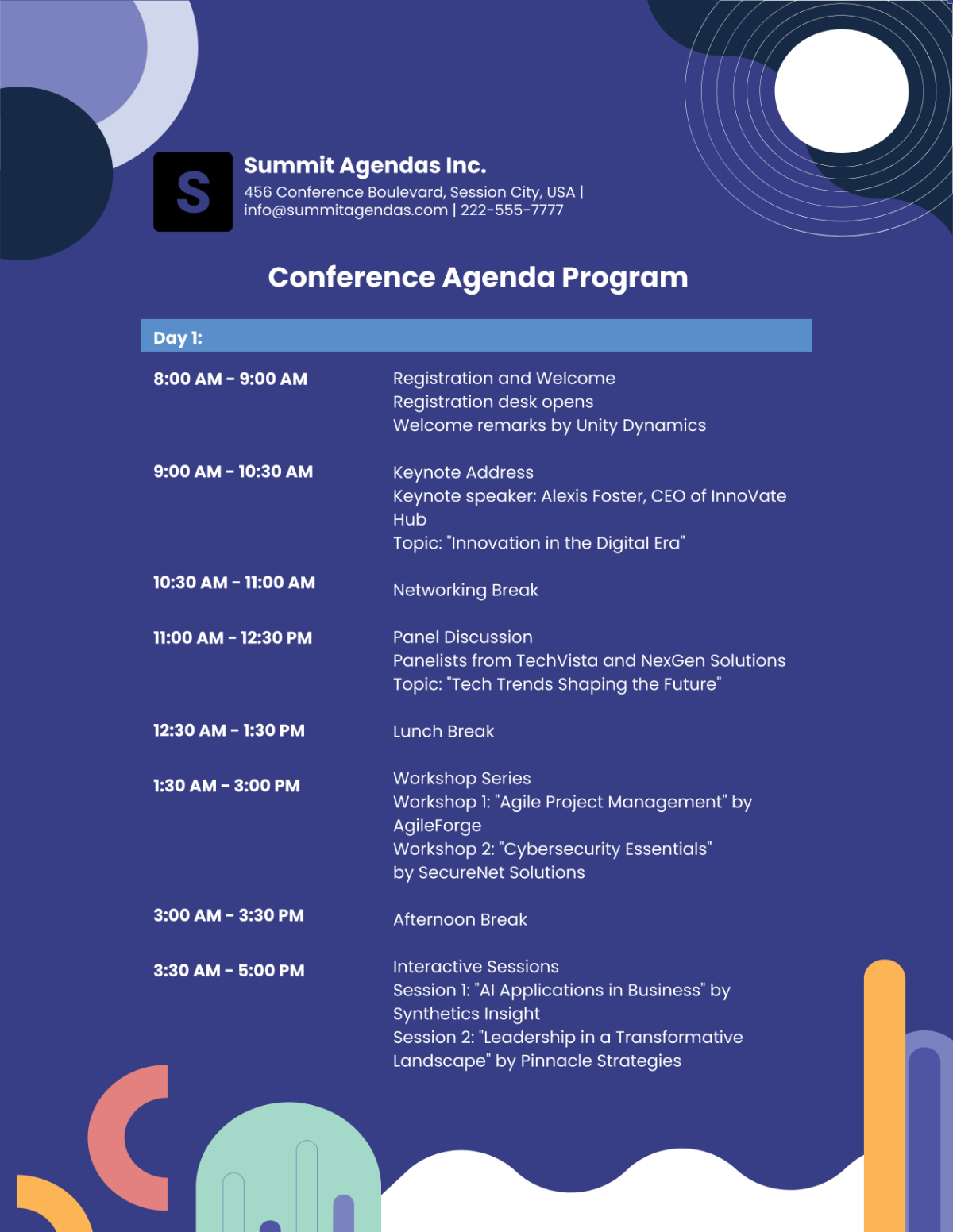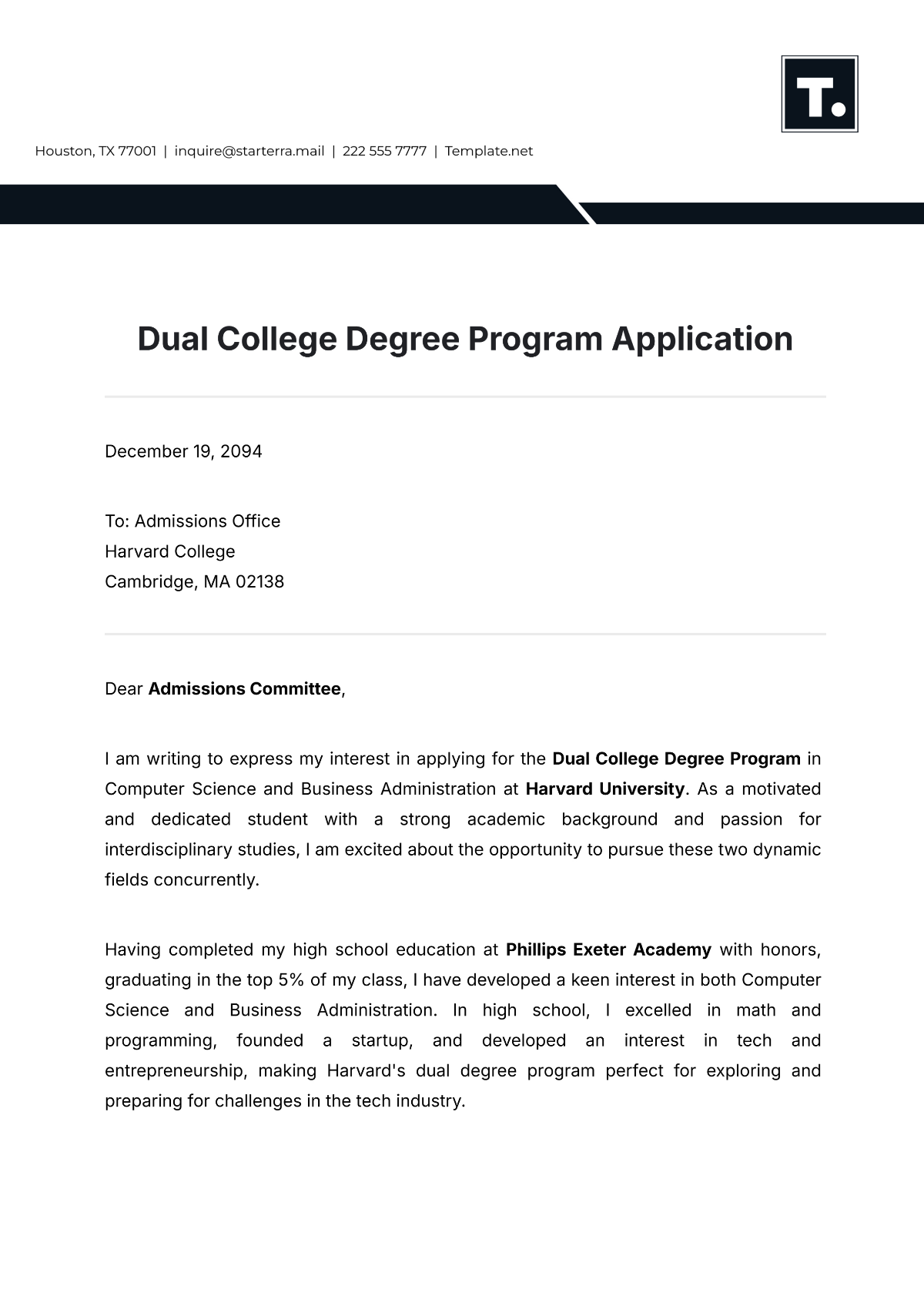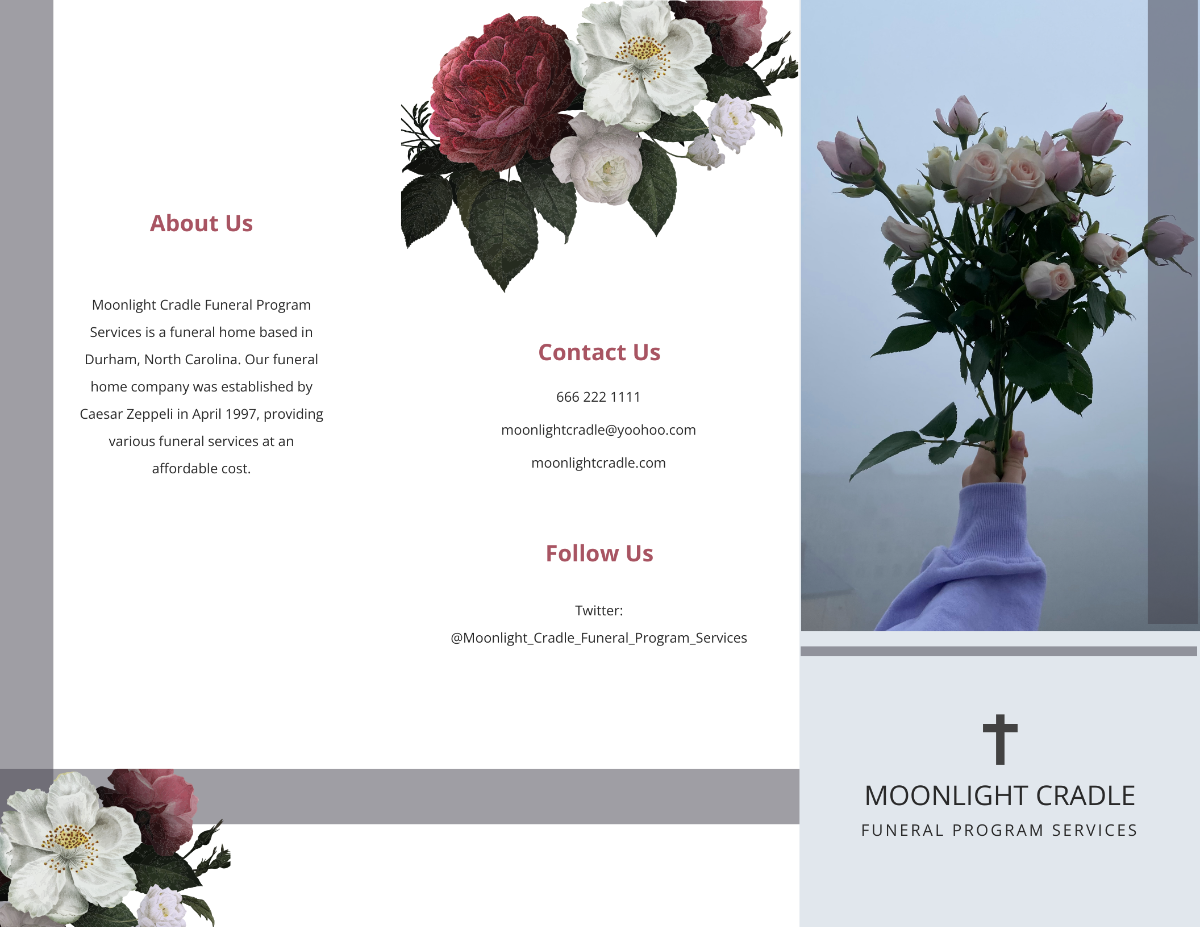Comprehensive Employee Advocacy Program Manual
TABLE OF CONTENTS
Purpose ........................................................................................................................3
Scope ............................................................................................................................3
Program Overview ...................................................................................................3
I. Roles and Responsibilities .................................................................................4
II. Guidelines and Best Practices ........................................................................4
III. Training and Resources ....................................................................................5
IV. Performance Metrics and Evaluation ..........................................................7
V. Rewards and Recognition .................................................................................8
VI. Challenges and Mitigation Strategies .........................................................9
VII. Review and Update Procedures ..................................................................9
Purpose
The purpose of this manual is to articulate the guidelines, procedures, and ethos behind the Employee Advocacy Program at [Your Company Name]. Designed with a focus on promoting our brand values, missions, and vision, this program recognizes and harnesses the invaluable power of our employees as ambassadors.
Scope
This manual encompasses all facets of the Employee Advocacy Program — from its foundational principles to its execution. It outlines roles and responsibilities, best practices, training materials, and evaluation metrics, ensuring consistent and effective advocacy efforts across the organization.
Program Overview
Employee advocacy isn’t merely about brand promotion; it's about fostering genuine connections and cultivating trust with our audience. By empowering our employees to share their professional stories, experiences, and achievements, we enhance our brand's authenticity and reach. Not only does this benefit [Company Name] in terms of visibility and credibility, but it also provides employees with platforms for personal growth and brand association.
Here are the program objectives:
Brand Visibility: Amplify the reach of [Company Name]'s brand message through organic employee-driven content.
Authentic Engagement: Foster genuine connections with clients, stakeholders, and potential recruits by sharing real experiences and stories from our team.
Employee Development: Offer opportunities for employees to build their personal brand, grow their networks, and develop their professional skills.
Community Building: Strengthen internal company culture and camaraderie by celebrating achievements and promoting internal stories.
1. Roles and Responsibilities
Ensuring the success of the Employee Advocacy Program requires collaboration and commitment from different members of the [Company Name] family. From the employees who share their experiences to the leadership that facilitates the environment, everyone plays a pivotal role. The following table and subsections provide clarity on these roles.
Role | Responsibilities |
Employee Advocates |
|
Management and Leadership |
|
HR and Program Coordinators |
|
2. Guidelines and Best Practices
Content Sharing |
|
Engagement Étiquettes |
|
Feedback and Reporting |
|
3. Training and Resources
Effective employee advocacy relies not just on enthusiasm but on proper training and resources. To support our advocates, [Your Company Name] has developed comprehensive training modules and resource repositories.
Initial Training Sessions
Every new advocate is introduced to the program through initial training sessions. These sessions ensure understanding and alignment with company goals and advocacy guidelines.
Session Topic | Description | Duration |
Introduction to Advocacy | Overview of the program, its goals, and benefits. | 1 hour |
Branding and Content Sharing | Guidelines on content creation, sharing, and branding elements. | 2 hours |
Engagement Étiquettes | Best practices for engaging online and representing [Company Name]. | 1.5 hours |
Continuous Learning Modules
To ensure that our advocates remain at the forefront of best practices, we offer ongoing training modules.
Module Name | Description | Platform |
Advanced Social Media Skills | Diving deeper into effective social media engagement strategies. | Online Portal |
Storytelling Techniques | Crafting compelling narratives about work experiences. | Webinar |
Crisis Management | Handling negative feedback or online crises gracefully. | Workshop |
Resource Repository
A curated collection of resources is available to support our advocates in their journey.
Resource Type | Description | Access Point |
Branding Assets | Logos, templates, and brand guidelines for content creation. | Online Portal |
Content Ideas | Monthly content prompts and themes for advocates. | Newsletter |
FAQs & Troubleshooting | A guide to frequently asked questions and common challenges. | Intranet |
4. Performance Metrics and Evaluation
To measure the success and impact of the Employee Advocacy Program, [Your Company Name] has identified key performance metrics. These metrics guide continuous improvement efforts and ensure the program delivers on its objectives.
Quantitative Metrics
To gauge the program's effectiveness, the following quantitative metrics have been set with standard targets.
Metric | Description | Standard Target |
Engagement Rate | Percentage of audience engagement per shared content. | 15% |
Reach | Average number of users who see content shared by advocates. | 5,000 users |
Conversion | Actions taken by the audience, like website visits or sign-ups. | 10% conversion |
Feedback Integration
Feedback from our employee advocates and their audiences is invaluable. [Company Name] has channels for collecting this feedback and integrates it into program enhancements and training modules.
Program Impact Assessment
Beyond quantitative metrics, [Your Company Name] conducts periodic assessments to understand the broader impact of the advocacy program. These assessments consider factors like the program's influence on overall brand perception, stories of personal and professional growth from our advocates, and the program’s role in driving strategic company objectives.
5. Rewards and Recognition
Recognizing the contributions of our employee advocates is crucial to maintaining motivation and showcasing the value [Company Name] places on their efforts. We believe in celebrating the stories, milestones, and successes that come out of this advocacy program.
Employee Advocate Rewards
Our Employee Advocates are invaluable assets. To acknowledge their efforts, we've designed a reward system that benefits both their professional and personal endeavors:
Professional Development Funds: Monetary grants to be used for courses, conferences, or other forms of professional growth.
Exclusive Merchandise: Branded merchandise exclusive to top-performing advocates.
Feature Spotlights: A dedicated section in the company newsletter or website to spotlight the advocate's stories and achievements.
Recognition Programs
Recognition goes beyond tangible rewards. At [Company Name], we believe in the power of acknowledgment:
Advocate of the Month: Monthly recognition for an employee who exceptionally amplifies our brand.
Annual Advocate Awards: Year-end awards celebrating categories like 'Most Engaging Content,' 'Most Consistent Advocate,' etc.
Digital Badges: Earnable badges for different milestones and achievements in the advocacy journey, displayed on the company's internal platform.
Celebration Events
Building a community and celebrating together is at the core of our advocacy program:
Quarterly Gatherings: A platform for advocates to share their experiences, learn from one another, and celebrate successes.
Annual Advocacy Gala: A grand year-end event recognizing the collective efforts of our advocacy community.
6. Challenges and Mitigation Strategies
Every initiative comes with its set of challenges. Recognizing these potential roadblocks early and having strategies in place ensures the seamless functioning of our Employee Advocacy Program.
Challenge | Mitigation Strategy |
Inconsistent or infrequent content sharing by employees | Conduct regular training sessions and provide content prompts. |
Negative feedback or crises on public platforms | Equip advocates with crisis management skills and provide a 24/7 support line. |
Misalignment with brand messaging | Regularly update branding assets and guidelines in the resource repository. |
Low motivation or participation | Increase frequency of recognition programs and gather feedback to address concerns. |
7. Review and Update Procedures
In order to ensure the longevity and effectiveness of the Employee Advocacy Program at [Company Name], it is essential to have robust review and update procedures in place. These processes help us stay adaptive, receptive to feedback, and consistently aligned with our organizational goals.
Periodic Review
Quarterly Assessments: Every three months, a comprehensive review of the program's metrics, achievements, and challenges is conducted. This includes analyzing quantitative data, success stories, and areas of potential improvement.
Annual Deep Dive: At the end of each fiscal year, a more intensive review is conducted, looking into the broader impacts of the program on company branding, employee morale, and strategic objectives. This review often involves insights from top management, HR, and selected employee advocates.
Feedback and Continuous Improvement
Open Channels: Multiple feedback channels, both anonymous and identified, are available for all participants. This could be in the form of online surveys, feedback boxes, or open forum discussions.
Actionable Insights: Collected feedback is not just archived, but parsed for actionable insights. These insights lead to tweaks in training modules, adjustments in rewards, or even larger structural changes to the program.
Feedback Loop Closure: Ensuring that feedback doesn't get lost in the void, we prioritize closing the feedback loop. This means communicating back to the advocates about the actions taken based on their feedback, reinforcing the value [Company Name] places on their insights.


